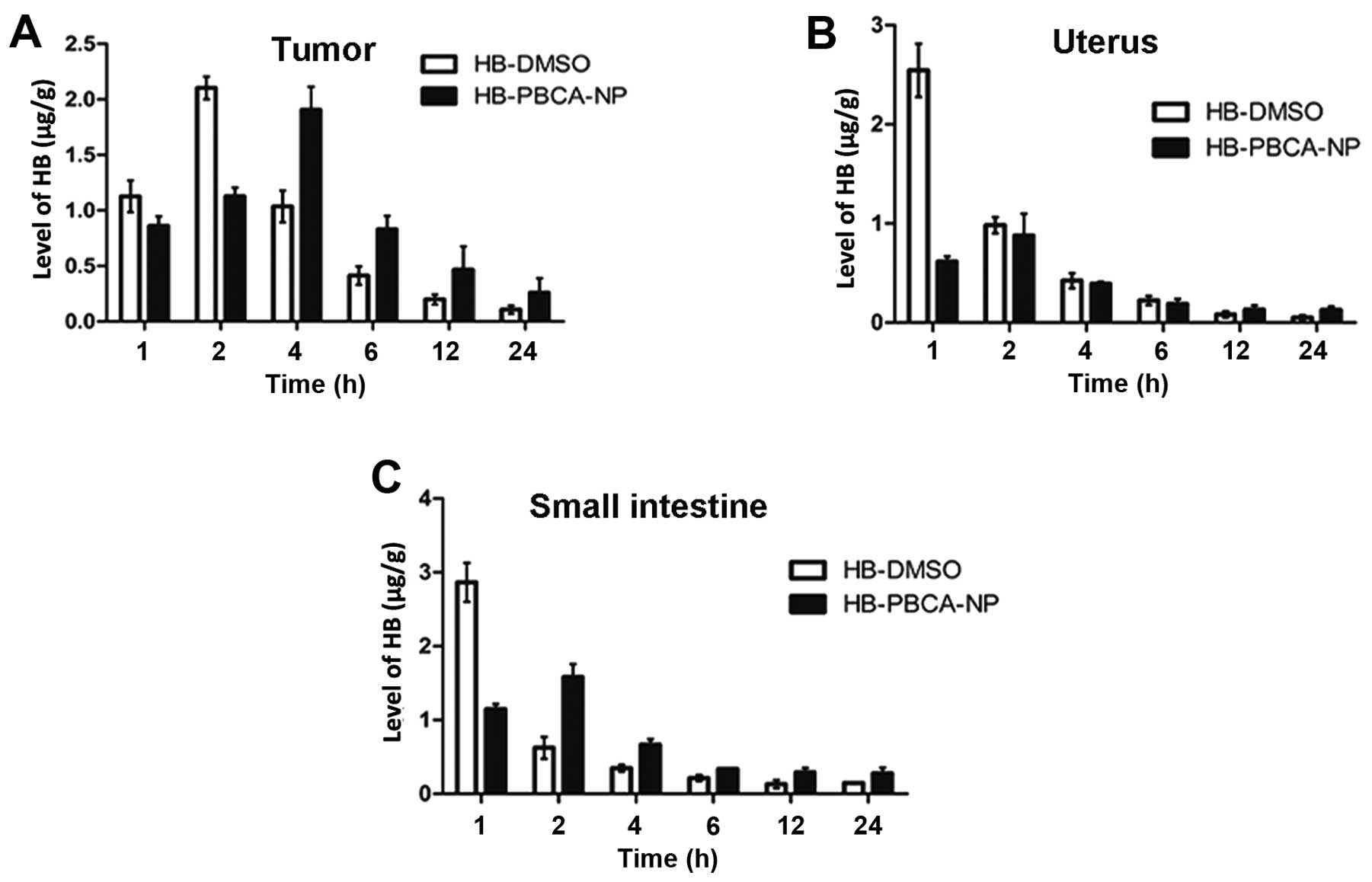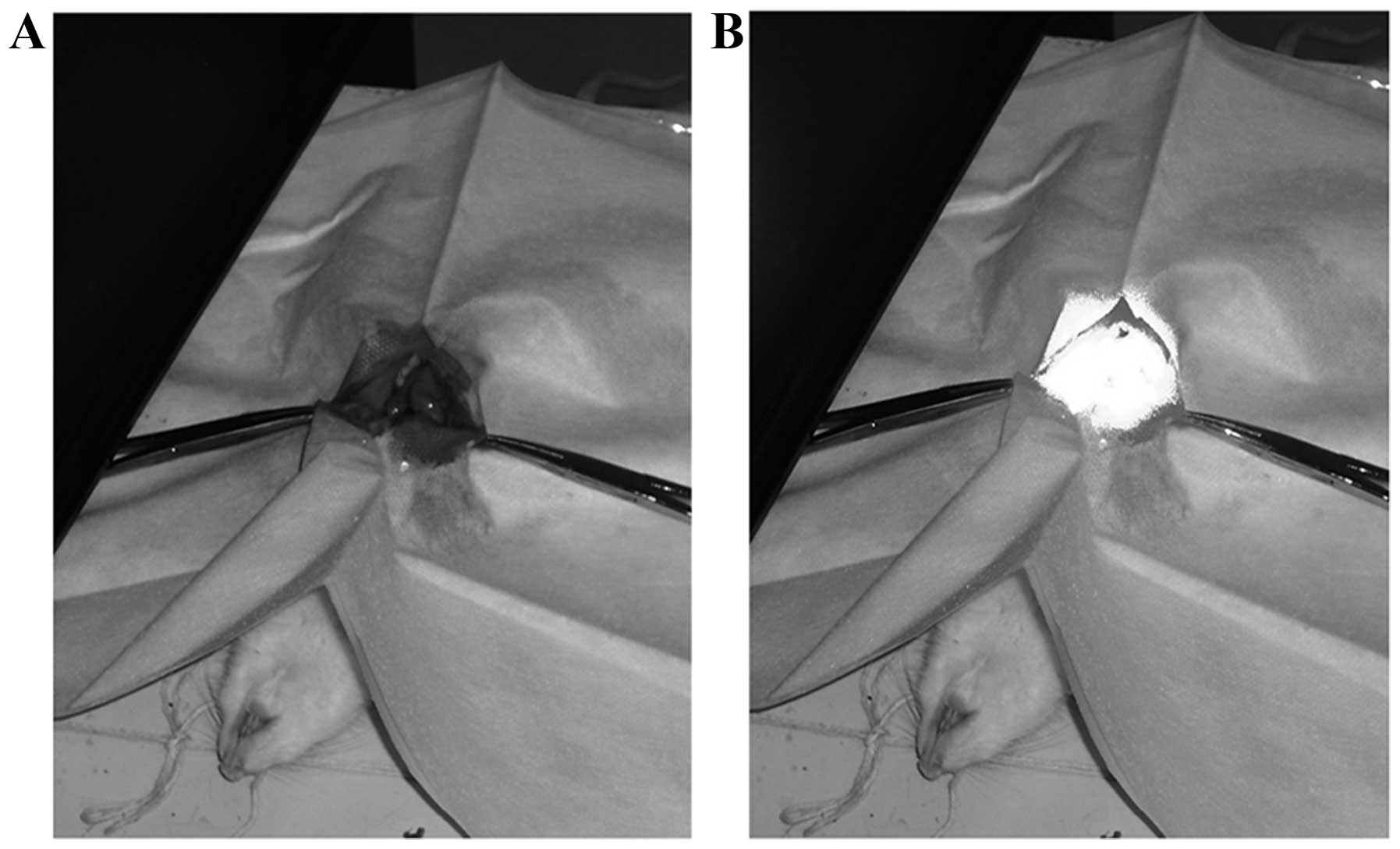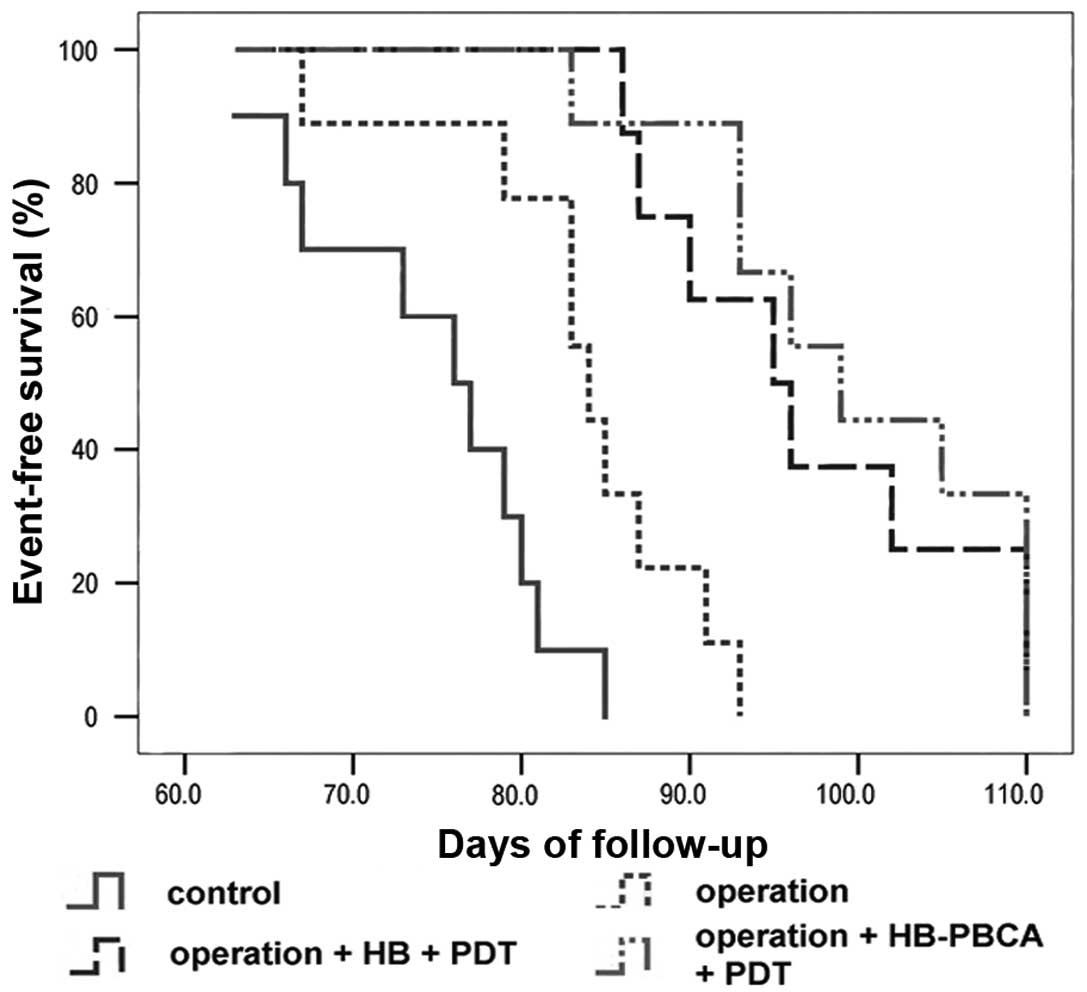|
1
|
Feki A, Berardi P, Bellingan G, Major A,
Krause KH, Petignat P, Zehra R, Pervaiz S and Irminger-Finger I:
Dissemination of intraperitoneal ovarian cancer: Discussion of
mechanisms and demonstration of lymphatic spreading in ovarian
cancer model. Crit Rev Oncol Hematol. 72:1–9. 2009. View Article : Google Scholar : PubMed/NCBI
|
|
2
|
Bast RC Jr, Hennessy B and Mills GB: The
biology of ovarian cancer: New opportunities for translation. Nat
Rev Cancer. 9:415–428. 2009. View
Article : Google Scholar : PubMed/NCBI
|
|
3
|
Huynh H, Teo CC and Soo KC: Bevacizumab
and rapamycin inhibit tumor growth in peritoneal model of human
ovarian cancer. Mol Cancer Ther. 6:2959–2966. 2007. View Article : Google Scholar : PubMed/NCBI
|
|
4
|
Armstrong A, Otvos B, Singh S and
Debernardo R: Evaluation of the cost of CA-125 measurement,
physical exam, and imaging in the diagnosis of recurrent ovarian
cancer. Gynecol Oncol. 131:503–507. 2013. View Article : Google Scholar : PubMed/NCBI
|
|
5
|
Busch TM, Hahn SM, Wileyto EP, Koch CJ,
Fraker DL, Zhang P, Putt M, Gleason K, Shin DB, Emanuele MJ, et al:
Hypoxia and photofrin uptake in the intraperitoneal carcinomatosis
and sarcomatosis of photodynamic therapy patients. Clin Cancer Res.
10:4630–4638. 2004. View Article : Google Scholar : PubMed/NCBI
|
|
6
|
Hendren SK, Hahn SM, Spitz FR, Bauer TW,
Rubin SC, Zhu T, Glatstein E and Fraker DL: Phase II trial of
debulking surgery and photodynamic therapy for disseminated
intraperitoneal tumors. Ann Surg Oncol. 8:65–71. 2001. View Article : Google Scholar : PubMed/NCBI
|
|
7
|
Guyon L, Lesage JC, Betrouni N and Mordon
S: Development of a new illumination procedure for photodynamic
therapy of the abdominal cavity. J Biomed Opt. 17:0380012012.
View Article : Google Scholar : PubMed/NCBI
|
|
8
|
Canter RJ, Mick R, Kesmodel SB, Raz DJ,
Spitz FR, Metz JM, Glatstein EJ, Hahn SM and Fraker DL:
Intraperitoneal photodynamic therapy causes a capillary-leak
syndrome. Ann Surg Oncol. 10:514–524. 2003. View Article : Google Scholar : PubMed/NCBI
|
|
9
|
Hahn SM, Putt ME, Metz J, Shin DB, Rickter
E, Menon C, Smith D, Glatstein E, Fraker DL and Busch TM: Photofrin
uptake in the tumor and normal tissues of patients receiving
intraperitoneal photodynamic therapy. Clin Cancer Res.
12:5464–5470. 2006. View Article : Google Scholar : PubMed/NCBI
|
|
10
|
Portilho FA, Cavalcanti CE, Miranda-Vilela
AL, Estevanato LL, Longo JP, Almeida Santos MF, Bocca AL, Martins
OP, Simioni AR, Morais PC, et al: Antitumor activity of
photodynamic therapy performed with nanospheres containing
zinc-phthalocyanine. J Nanobiotechnol. 11:412013. View Article : Google Scholar
|
|
11
|
Castano AP, Mroz P and Hamblin MR:
Photodynamic therapy and anti-tumour immunity. Nat Rev Cancer.
6:535–545. 2006. View
Article : Google Scholar : PubMed/NCBI
|
|
12
|
Shishkova N, Kuznetsova O and Berezov T:
Photodynamic therapy for gynecological diseases and breast cancer.
Cancer Biol Med. 9:9–17. 2012.PubMed/NCBI
|
|
13
|
Agostinis P, Berg K, Cengel KA, Foster TH,
Girotti AW, Gollnick SO, Hahn SM, Hamblin MR, Juzeniene A, Kessel
D, et al: Photodynamic therapy of cancer: An update. CA Cancer J
Clin. 61:250–281. 2011. View Article : Google Scholar : PubMed/NCBI
|
|
14
|
Ma G, Khan SI, Jacob MR, Tekwani BL, Li Z,
Pasco DS, Walker LA and Khan IA: Antimicrobial and antileishmanial
activities of hypocrellins A and B. Antimicrob Agents Chemother.
48:4450–4452. 2004. View Article : Google Scholar : PubMed/NCBI
|
|
15
|
Sun Y, Zheng Y, Lei WH, Zhou QX, Hou YJ,
Zhang BW and Wang XS: Oxovanadium(IV) based hypocrellin B complexes
with enhanced photodynamic activity. Dalton Trans. 41:651–657.
2012. View Article : Google Scholar
|
|
16
|
Maeda H: The enhanced permeability and
retention (EPR) effect in tumor vasculature: The key role of
tumor-selective macromolecular drug targeting. Adv Enzyme Regul.
41:189–207. 2001. View Article : Google Scholar : PubMed/NCBI
|
|
17
|
Yallapu MM, Jaggi M and Chauhan SC: Scope
of nanotechnology in ovarian cancer therapeutics. J Ovarian Res.
3:192010. View Article : Google Scholar : PubMed/NCBI
|
|
18
|
Kim JH, Kim YS, Park K, Lee S, Nam HY, Min
KH, Jo HG, Park JH, Choi K, Jeong SY, et al: Antitumor efficacy of
cisplatin-loaded glycol chitosan nanoparticles in tumor-bearing
mice. J Control Release. 127:41–49. 2008. View Article : Google Scholar : PubMed/NCBI
|
|
19
|
Upadhyay KK, Bhatt AN, Mishra AK,
Dwarakanath BS, Jain S, Schatz C, Le Meins JF, Farooque A,
Chandraiah G, Jain AK, et al: The intracellular drug delivery and
anti tumor activity of doxorubicin loaded poly(gamma-benzyl
L-glutamate)-b-hyaluronan polymersomes. Biomaterials. 31:2882–2892.
2010. View Article : Google Scholar : PubMed/NCBI
|
|
20
|
Zhu Z, Li Y, Li X, Li R, Jia Z, Liu B, Guo
W, Wu W and Jiang X: Paclitaxel-loaded
poly(N-vinylpyrrolidone)-b-poly(ɛ-caprolactone) nanoparticles:
Preparation and antitumor activity in vivo. J Control Release.
142:438–446. 2010. View Article : Google Scholar
|
|
21
|
Yordanov G, Evangelatov A and Skrobanska
R: Epirubicin loaded to pre-polymerized poly(butyl cyanoacrylate)
nanoparticles: Preparation and in vitro evaluation in human lung
adenocarcinoma cells. Colloids Surf B Biointerfaces. 107:115–123.
2013. View Article : Google Scholar : PubMed/NCBI
|
|
22
|
Duan J, Zhang Y, Han S, Chen Y, Li B, Liao
M, Chen W, Deng X, Zhao J and Huang B: Synthesis and in vitro/in
vivo anti-cancer evaluation of curcumin-loaded chitosan/poly(butyl
cyanoacrylate) nanoparticles. Int J Pharm. 400:211–220. 2010.
View Article : Google Scholar : PubMed/NCBI
|
|
23
|
Muñoz-Casares FC, Rufián S, Arjona-Sánchez
Á, Rubio MJ, Díaz R, Casado Á, Naranjo Á, Díaz-Iglesias CJ, Ortega
R, Muñoz-Villanueva MC, et al: Neoadjuvant intraperitoneal
chemotherapy with paclitaxel for the radical surgical treatment of
peritoneal carcinomatosis in ovarian cancer: A prospective pilot
study. Cancer Chemother Pharmacol. 68:267–274. 2011. View Article : Google Scholar : PubMed/NCBI
|
|
24
|
Mroz P, Xia Y, Asanuma D, Konopko A,
Zhiyentayev T, Huang YY, Sharma SK, Dai T, Khan UJ, Wharton T, et
al: Intraperitoneal photodynamic therapy mediated by a fullerene in
a mouse model of abdominal dissemination of colon adenocarcinoma.
Nanomedicine. 7:965–974. 2011. View Article : Google Scholar : PubMed/NCBI
|
|
25
|
DeLaney TF, Sindelar WF, Tochner Z, Smith
PD, Friauf WS, Thomas G, Dachowski L, Cole JW, Steinberg SM and
Glatstein E: Phase I study of debulking surgery and photodynamic
therapy for disseminated intraperitoneal tumors. Int J Radiat Oncol
Biol Phys. 25:445–457. 1993. View Article : Google Scholar : PubMed/NCBI
|
|
26
|
Song K, Kong B, Qu X, Li L and Yang Q:
Phototoxicity of Hemoporfin to ovarian cancer. Biochem Biophys Res
Commun. 337:127–132. 2005. View Article : Google Scholar : PubMed/NCBI
|
|
27
|
Seshadri M, Bellnier DA, Vaughan LA,
Spernyak JA, Mazurchuk R, Foster TH and Henderson BW: Light
delivery over extended time periods enhances the effectiveness of
photodynamic therapy. Clin Cancer Res. 14:2796–2805. 2008.
View Article : Google Scholar : PubMed/NCBI
|
|
28
|
Rose GS, Tocco LM, Granger GA, DiSaia PJ,
Hamilton TC, Santin AD and Hiserodt JC: Development and
characterization of a clinically useful animal model of epithelial
ovarian cancer in the Fischer 344 rat. Am J Obstet Gynecol.
175:593–599. 1996. View Article : Google Scholar : PubMed/NCBI
|
|
29
|
Song K, Kong B, Li L, Yang Q, Wei Y and Qu
X: Intraperitoneal photodynamic therapy for an ovarian cancer
ascite model in Fischer 344 rat using hematoporphyrin monomethyl
ether. Cancer Sci. 98:1959–1964. 2007. View Article : Google Scholar : PubMed/NCBI
|
















